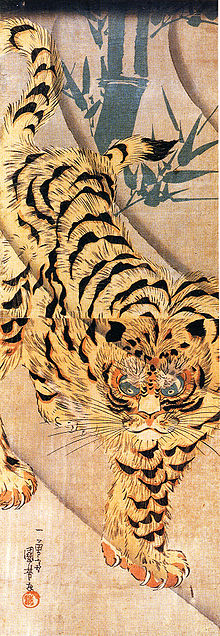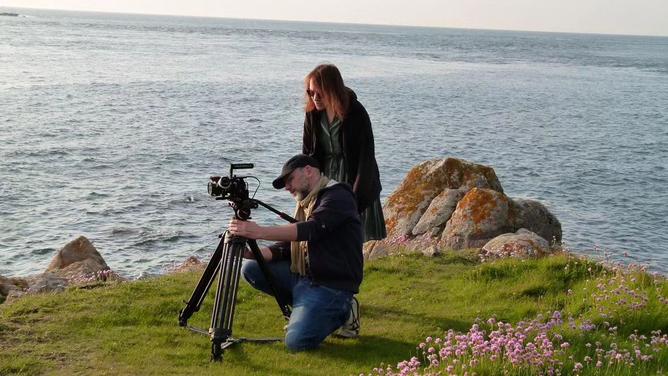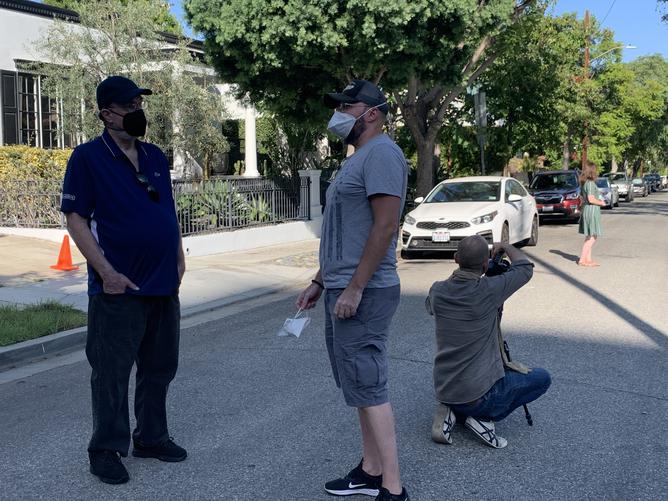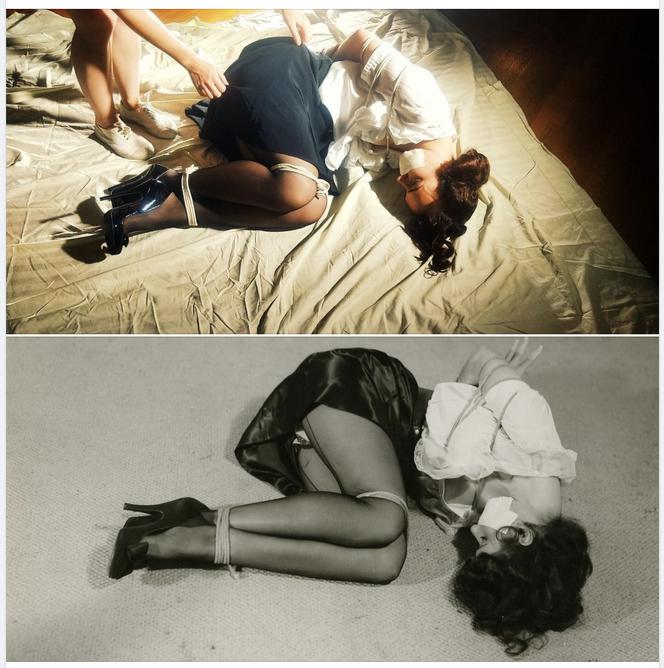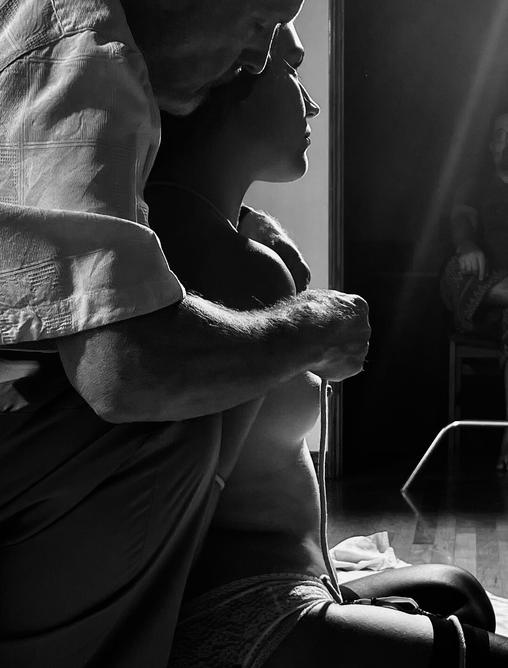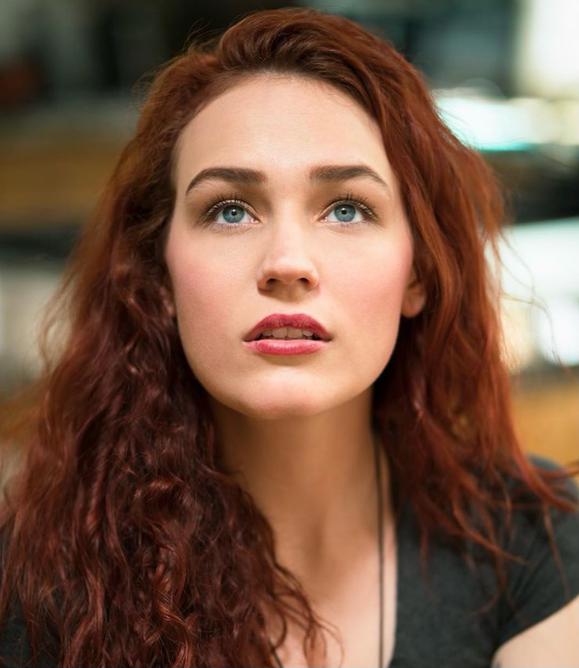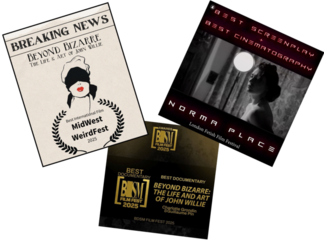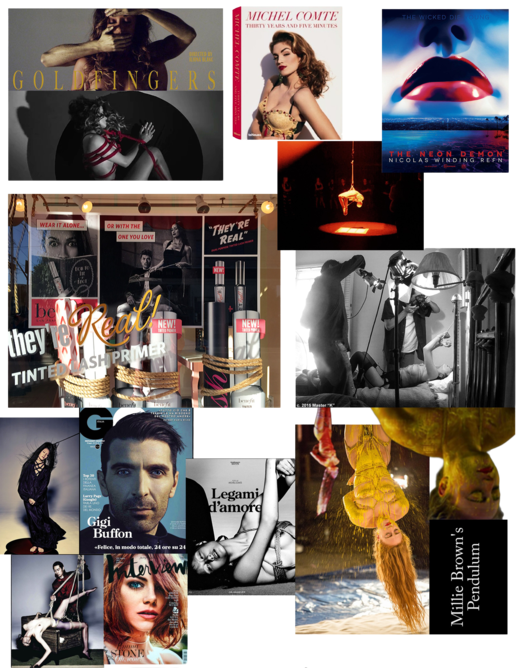Or everything you always wanted to know about Japanese erotic bondage when you suddenly realized that you didn't speak Japanese
The Beauty of Kinbaku
Kinbaku
and Art
Please note: no part of these articles may be reproduced by any means without the express written consent of the author or the publisher, King Cat Ink.
Behind the scenes still of the 3 story suspension - 4 - take off.
Or everything you always wanted to know about Japanese erotic bondage when you suddenly realized that you didn't speak Japanese
The Beauty of Kinbaku
Kinbaku
and Art
Please note: no part of these articles may be reproduced by any means without the express written consent of the author or the publisher, King Cat Ink.
Chapter Twenty-three
“A Wonderful New Film:
“Beyond Bizarre, The Life and Times of John Willie”
by Master “ K"
This page is best viewed on Google Chrome.
Please join us next time for another edition of Kinbaku and Art!
“Beyond Bizarre: The Life & Art of John Willie” is (imho) a wonderful film. It is the first feature length documentary about the legendary, groundbreaking fetish artist, publisher of “Bizarre” magazine and rope master who, since he appeared on the scene in the late 1940s, has influenced everyone who has come after him,
Behind the scenes still of the 3 story suspension - 4 - take off.
Of all the activities that I engage in at the Spring Tiger Ryu dojo in Los Angeles (private classes, tying sessions, technical demonstrations, group classes, etc.), perhaps the type of public outreach I find most interesting are the media projects that I’m asked to participate in from time to time. Whether it’s a fashion shoot for GQ, assisting a talented photographer to realize his vision or providing Kinbaku as a decorative and dramatic element for a music video, I find that anytime I can present a positive, artistic example of Japanese rope to the general public I feel a special satisfaction.
I first became involved in the project when Guillaume and Charlotte contacted me from Paris to ask if I would be willing to be a “talking head“ in the film and discuss the section in my book “The Beauty of Kinbaku” where I reveal how Japanese rope art was discovered by John Willie in a most interesting way and how it profoundly influenced the way he tied from that time on. Naturally, I said I would be honored and pleased to participate.
Recently, this was the case, and I was fortunate and privileged enough to be approached by two sets of extremely talented European producers to become involved in two very exciting but very different films, "Beyond Bizarre: The Life & Art of John Willie" and "Japanese Avant-Garde Pioneers," BOTH of which will be coming out in the next few months! I will be writing about both in due course but, first things first, I’ll begin with the film that has already started to be shown at film festivals around the world.
Naturally, the larger the scale of these projects (the film “The Neon Demon,” the performance video “Pendulum” by the remarkable Millie Brown, or working with the world-famous photographer Michel Compte) the more exciting it gets. And every once in a while, the stars align and several of these projects come along, one after the other, at almost the same time.
The producers also revealed that they would love to be able to shoot some “reenactment” footage of a John Willie photo session from the 1950s to include in their documentary, and, perhaps, to exist on its own as a short “extra” for the Blu-ray release. They then stunned me and asked if I felt that I, or at least my hands, could stand in for John Willie’s and bind a model in the classic JW style! Naturally, I was very flattered and immediately got to work thinking about how we could find a location that might resemble JW’s famous house on Norma Place in West Hollywood for their reenactment. Unfortunately, that original structure had been torn down long ago and replaced by an apartment building.
I thought I would be doing the usual type of Skype interview, but, to my surprise, Guillaume and Charlotte said they were going to be coming to the United States to photograph Jeff Rund in New York and then travel to California to photograph some of the still existing sites where John Willie worked and lived. Since they would be here anyway, they could also do an in-person, filmed interview with me. Needless to say, I was thrilled!
Actually, it really is remarkable how many locations still remain in Los Angeles where Willie either lived or worked. For instance, the downtown office building on Hollywood Boulevard still survives where Willie labored to fill his photo orders. A famous swimming pool location, though now dilapidated, where he photographed some of his most iconic nude bondage pictures can still be found, if you know where to look. And at least one of the homes he lived in towards the end of his time in LA still stands in the San Fernando valley.
Links to Other Chapters of Kinbaku and Art
Once on the ground in LA, Charlotte, Guillaume, their team and I spent a delightful two days doing the “Willie walking tour.” I was also able to do the interview they had requested where I showed off some of my historic John Willie material and explained how it related to Japanese Kinbaku. We even got to film the street sign for Norma Place. The question was, where could we find a duplicate location!?
Luckily, it so happened that my friend and deshi Yzen lived in a beautiful home that bore a striking resemblance to the types of houses on Norma Place. Even more remarkable, after we carefully went over the photographs that JW had done in his own home, we realized that, if our location could be photographed from certain angles, it was almost an exact match for John Willie’s! Problem solved! Now it was a question of getting the crew.
Happily, my friend the celebrity photographer Michael Helms was in town and when I mentioned the project to him, he graciously agreed to act as Lighting Director while Guillaume directed and operated the camera and Charlotte produced. These three talented people were then joined by several members of my rope group who were also excited by the project, including Remy K Thane, zElement, Angie H. and Nikki N.
The final piece of the puzzle was to find who was going to play the beautiful model in the fictional reenactment. Here, we got extremely lucky when we were able to attract the interest of the beautiful Danielle Power who both had talent and just the right “look” for the part.
Over the course of two delightful days we shot this short film, which included quite a bit of stringent bondage copied as exactly as possible from John Willie’s photographs. Dani was a real trooper and not only played her part beautifully and looked great but tolerated some very strict tying over many “takes.”
After we wrapped and our friends departed for their return to France, we all hoped that the work we had done would turn out reasonably well.
After several months, we got the answer.
The film not only turned out reasonably well. It turned out magnificently. The small short fitted seamlessly into the beautifully crafted documentary, and I was astounded by how Guillaume and Charlotte had integrated material as diverse as expert “talking heads,” footage from the Kinsey Institute of John Willie tying, the reenactment we did, and cleverly created animations that covered the entire panorama of John Willie’s career to create a true portrait of the man.
And now the film is traveling around the world, first appearing in film festivals where it has already garnered attention and won prizes in England and at a Midwestern US festival, where it captured first prize for Best International Film, before it goes on to a commercial release. And even I, for my small part, just got a fan letter (in Spanish!) from someone who had seen the film and loved it at a film festival in Barcelona where it garnered the Best Documentary prize.
I think it’s a fitting tribute to a brilliant and long neglected artist.
If you’re interested in John Willie please keep an eye out for this delightful film as it travels around the world. I guarantee it will be worth your time.
And please join me next time when I will be discussing the second very interesting international project I was lucky enough to appear in recently, which also has quite a bit of rope in it. “Japanese Avant-Garde Pioneers” was directed by the well-known, and highly respected documentarian Amélie Ravalec and is a fascinating documentary on the controversial avant-guard artists of post World War II Japan. These include the great names of Japanese theater, dance, literature and film as well as those who practiced Kinbaku and some who became quite famous photographing it.
The film is the work of the extremely gifted French team of Guillaume Pin and Charlotte Grondin who researched, wrote, directed, photographed and edited the piece. Several years in the making, it features a who’s who of John Willie “experts” including: Jeff Rund (America’s leading publisher of and expert on Willie‘s work, who has produced two magnificent books of his photos and illustrations), Roberto Baldazzini (the legendary Italian fetish artist) and Jean-Pierre Dionnet (the first publisher of Willie’s work in France), among many others. And even I’m in there, too.
